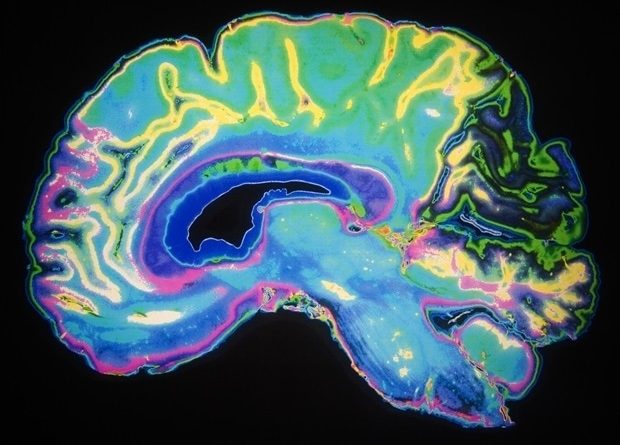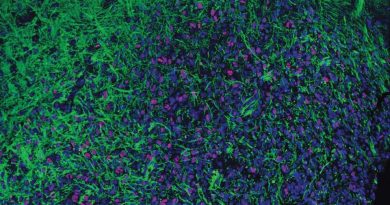Study finds more than 1,000 gene-activation differences between female and male mouse brains
Male and female mouse brains differ in important ways, according to a new study led by Stanford Medicine investigators.
These differences are likely reflected in the brains of women and men, the researchers speculate.
The scientists probed four tiny structures within mouse brains that are known to program "rating, dating, mating and hating" behaviors. These behaviors — for example, males' quick determination of a stranger's sex, females' receptivity to mating, and maternal protectiveness — help the animals reproduce and their offspring survive.
Analyzing tissue that was extracted from these brain structures and enriched for cells responsive to sex hormones, the scientists found more than 1,000 genes that are substantially more active in the brains of one sex versus the other. Genes are the blueprints for proteins, which do virtually all of a cell's work. Gene-activation levels — the rate at which the information genes contain is copied and converted into proteins — determine a cell's functions.
The findings, described in a paper to be published online Jan. 21 in Cell, help explain behavioral sex differences in mammals.
Using these genes as entry points, we've identified specific groups of brain cells that orchestrate specific sex-typical behaviors."
Nirao Shah, MBBS, PhD, study's senior author, professor of psychiatry and behavioral sciences and of neurobiology
Joseph Knoedler, PhD, a postdoctoral scholar in Shah's lab, is the lead author of the study.
The researchers also pinpointed more than 600 differences in gene-activation levels between females in different phases of their estrous cycle. (In women, this is referred to as the menstrual cycle; female mice don't menstruate.)
"To find, within these four tiny brain structures, several hundred genes whose activity levels depend only on the female's cycle stage was completely surprising," said Shah, who has devoted his career to understanding how sex hormones regulate sex-typical behaviors.
The brain structures the researchers focused on are shared among mammals, including humans.
"Mice aren't humans," Shah said. "But it's reasonable to expect that analogous brain cell types will be shown to play roles in our sex-typical social behaviors."
Stanford Medicine
Posted in: Cell Biology | Genomics
Tags: Brain, Brain Cell, Cell, Gene, Genes, Medicine, Psychiatry
Source: Read Full Article



